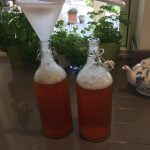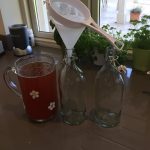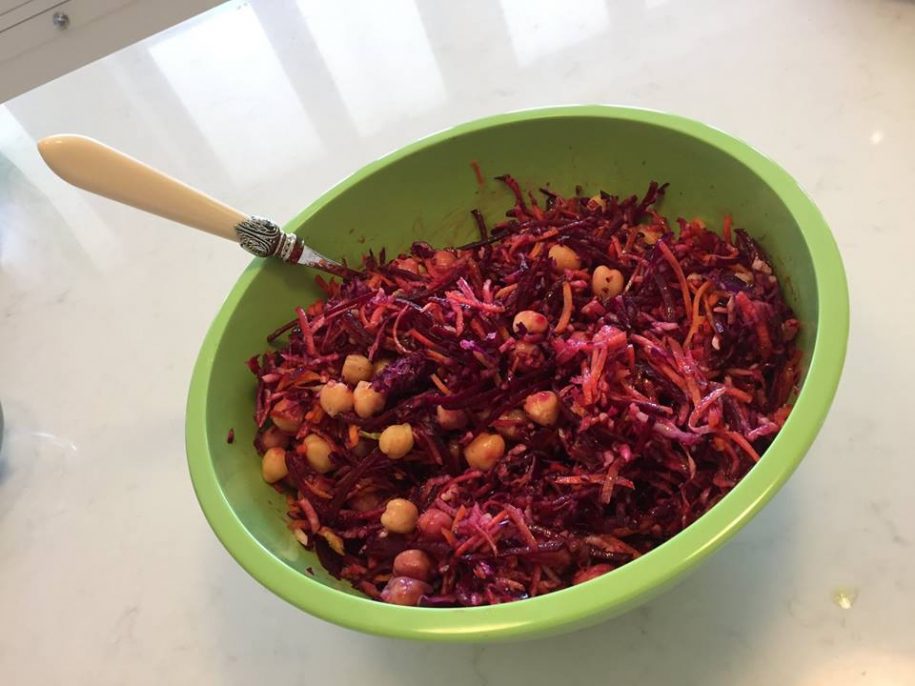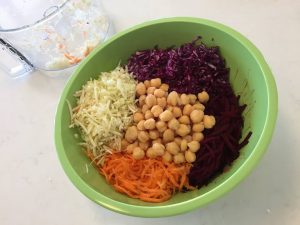
HOW TO COOK QUINOA
QUINOA – it seems people either love it or hate it !!! Quinoa is quite bland by itself, but actually that makes it an excellent base for other flavours and this is where I love its flexibility.
Quinoa is a gluten free, high protein seed. Quinoa contains 9 essential amino acids which the body needs for repair. It is also a very good source of Lysine which is important for the formation of collagen which is important for healthy skin. Quinoa is a good source of healthy fats, especially oleic acid and alpha linolenic acid.
This is how to cook Quinoa perfectly every time.
I use the ratio of 1 cup Quinoa to 1 1/2 cups liquid. I use homemade chicken bone broth usually, as I find the broth gives it a delicious delicate flavour. You could use vegetable stock if you want a vegetarian version. (Most instructions say to use water).
Put the Quinoa into a fine sieve and run under lots of cold water. (This is important as it takes away the saponins which coat the grain – these are a natural coating which protects the grain, but they can give a bitter/soapy taste if not washed off) Put the drained Quinoa into a saucepan with your liquid of choice and bring to the boil. Simmer gently with the lid on for 15 minutes. Turn off the heat, and leave the lid on to steam for 10 minutes. Fluff up the Quinoa with a fork.
These instructions should give you perfectly cooked Quinoa every time.
You can now add what ever flavours you want depending on how you intend to use it. It soaks up flavours brilliantly.
I use Quinoa as a substitute for rice sometimes, either to serve with another dish, or to do a fried Quinoa dish (like fried rice). It also makes a delicious salad. (recipes to follow!)
Quinoa lasts very well in the fridge so I always make a bit extra to add to soups or salads.
Quinoa comes in different colors which you can use interchangeably. The black one I have used here gives you a slightly more textured Quinoa.



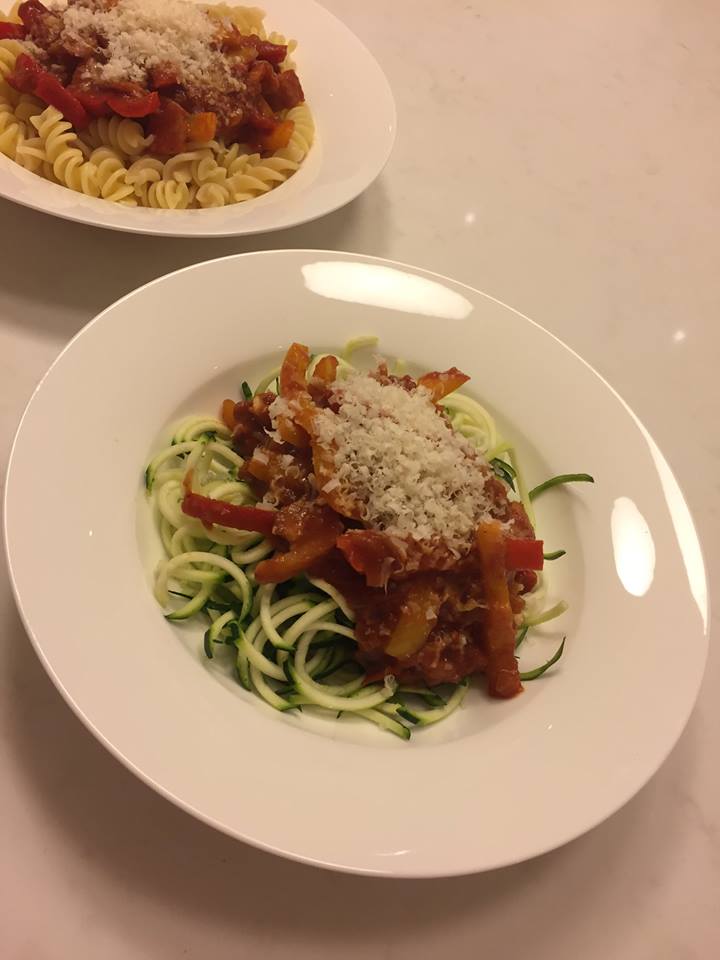
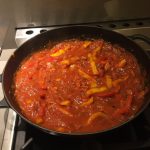 Add the defrosted Roast Tomato Sauce and let it bubble away gently until the peppers are just cooked. You can add some pepper if you wish (although the sauce has been seasoned already) but you should not need salt as the bacon and the parmesan will add enough salty flavour. By the time you have cooked the pasta the sauce will be ready.
Add the defrosted Roast Tomato Sauce and let it bubble away gently until the peppers are just cooked. You can add some pepper if you wish (although the sauce has been seasoned already) but you should not need salt as the bacon and the parmesan will add enough salty flavour. By the time you have cooked the pasta the sauce will be ready.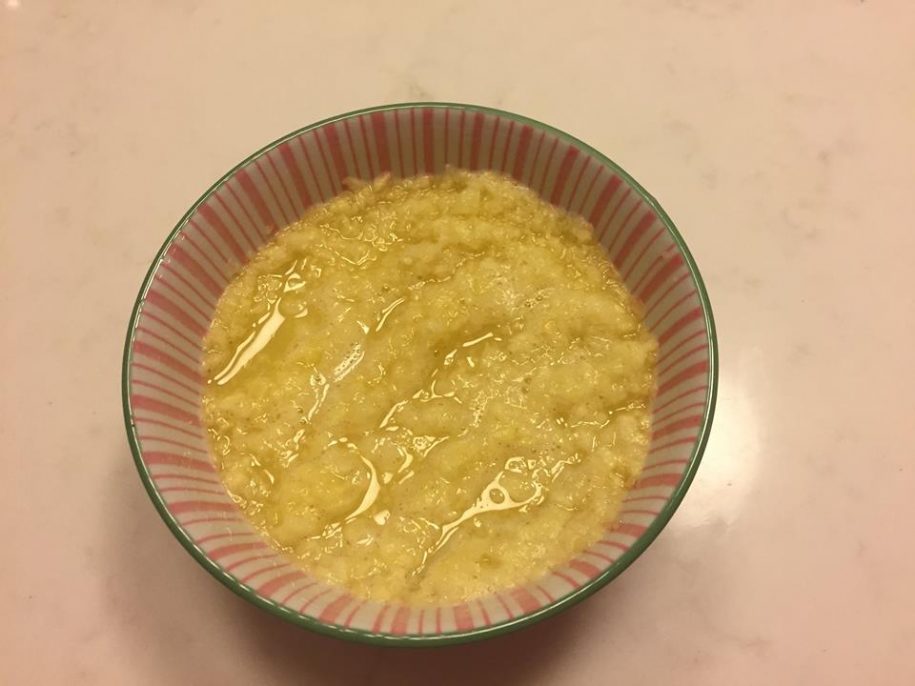
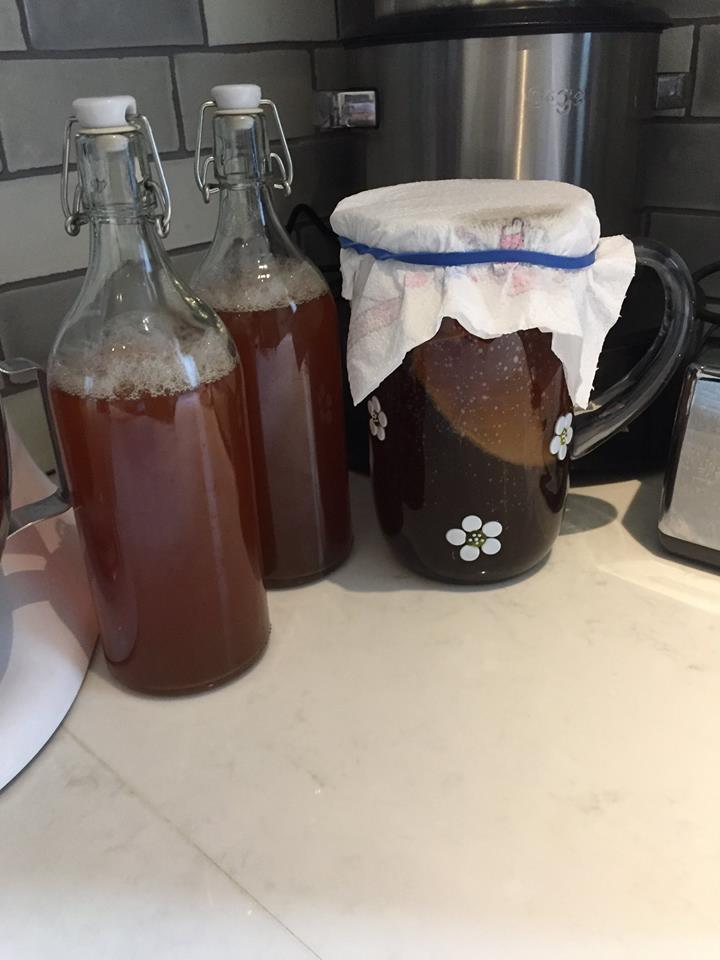
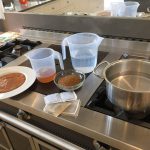
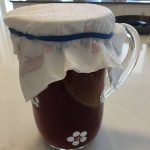 Cover with paper towel secured by an elastic band and put somewhere warm and darkish for approximately 10 days. After 7 days you can begin to taste it and see if it is to your liking. If you leave it too long, it will begin to taste vinegary and the longer you leave it the more like vinegar it will taste. If you leave it too long, don’t worry, throw out the liquid, keeping your scoby and just redo the above process.
Cover with paper towel secured by an elastic band and put somewhere warm and darkish for approximately 10 days. After 7 days you can begin to taste it and see if it is to your liking. If you leave it too long, it will begin to taste vinegary and the longer you leave it the more like vinegar it will taste. If you leave it too long, don’t worry, throw out the liquid, keeping your scoby and just redo the above process.
